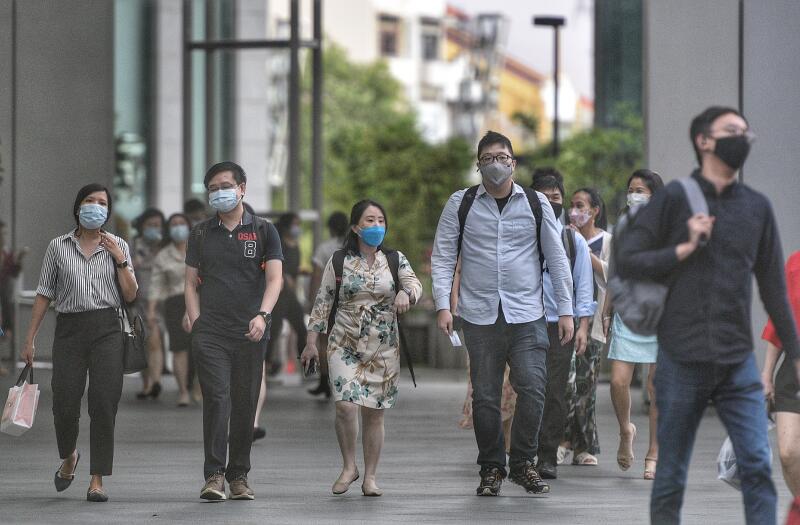130 unsubstantiated wrongful dismissal claims referred to employment tribunal each year: MOM
Sign up now: Get ST's newsletters delivered to your inbox

The large majority of these cases were either dismissed by the magistrate or withdrawn at the tribunal hearings.
ST PHOTO: DESMOND WEE
Follow topic:
SINGAPORE - Every year, about 130 cases, or 12 per cent of all wrongful dismissal claims, are referred to the Employment Claims Tribunal (ECT) without mediation as they are deemed to be unsubstantiated, said Senior Minister of State for Manpower Koh Poh Koon on Friday (March 4).
The large majority of these cases were either dismissed by the magistrate or withdrawn at the tribunal hearings, indicating that the system is working as intended, Dr Koh said in Parliament.
He was responding to Workers' Party MP Leon Perera (Aljunied GRC), who had asked for the number of mediation requests for wrongful dismissals that were refused by the Tripartite Alliance for Dispute Management (TADM), and why they were turned down.
TADM was jointly set up by the Ministry of Manpower (MOM), National Trades Union Congress (NTUC) and Singapore National Employers Federation (SNEF) in 2017 to mediate and advise workers and employers on employment disputes.
Dr Koh said wrongful dismissal claims must be filed within one month from the last day of employment and must undergo mediation at TADM. About 60 employees, or 6 per cent, of those who seek TADM mediation for wrongful dismissal claims exceed this time limit each year.
However, TADM will still assist willing parties to resolve their disputes on a voluntary basis, though it does not actively track these cases.
If the wrongful dismissal claim is filed within the time limit, TADM will then assess the facts of each claim based on the tripartite guidelines for wrongful dismissal jointly drawn up by employers, unions and the Government.
Dr Koh said: "If TADM assesses the case to be unsubstantiated, it explains to the claimant the reasons and does not continue with the mediation process."
He said this is usually because the facts showed that the dismissal was in accordance with the law or the employment contract. Typically, the claimants are unable to provide sufficient evidence, such as e-mail correspondences or other documentary proof, said Dr Koh.
They are sometimes also unable to cite specific incidents, he added.
At this stage, some withdraw their case, while other continue to pursue it at the ECT, where the outcomes generally validate TADM's assessments, Dr Koh said.
"TADM's approach of referring cases to ECT without mediation reduces potential burden on employers, who should not have to attend mediation for unsubstantiated claims," he added. "It also does not affect the claimant's rights in any way."
The issue of unsubstantiated wrongful dismissal claims came up in a series of forum letters in The Straits Times last year between the Association of Women for Action and Research (Aware), MOM and migrant rights group Transient Workers Count Too (TWC2).
Citing cases of maternity discrimination, Aware had said that many wrongful dismissal situations are subtle and difficult to document, and this lack of hard evidence discourages many employees from approaching TADM.
TWC2's contention was with TADM acting less as a mediator and more as a gatekeeper when it assesses the merits of each claim.
The Manpower Ministry disagreed and pointed out that TADM's assessment is an important aspect of mediation. The ministry cited an increase in the quarterly average of wrongful dismissal claims, from about 260 in 2019 to 330 in 2020, which it said ran contrary to Aware's assertion that employees were not forthcoming.
About three in four wrongful dismissal claims lodged in 2019 and 2020 were unsubstantiated, MOM said. The ministry attributed this to poor communication from employers and the lack of more robust grievance handling processes.
According to the latest Employment Standards Report released in July last year, a total of 1,319 wrongful dismissal claims were lodged with TADM in 2020. Besides handling wrongful dismissal claims, TADM recovered around $16 million in salaries owed to employees in Singapore in the 2020-2021 financial year.

